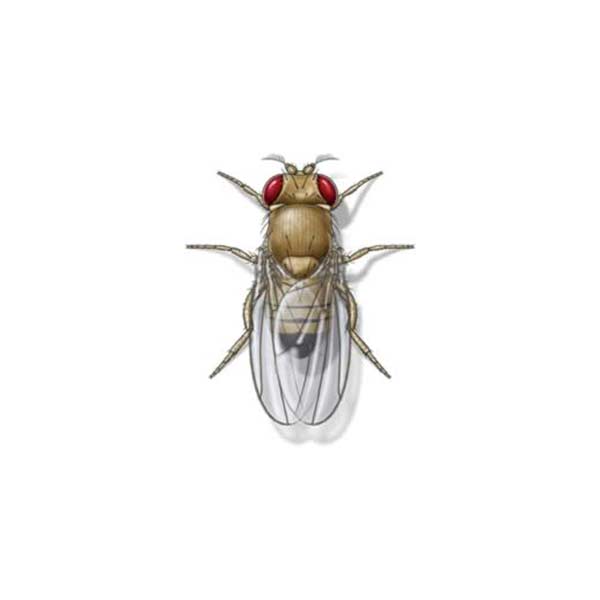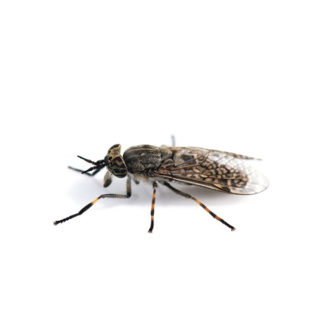Fruit Flies in Kailua Kona
Over 177 species of fruit flies inhabit the United States and Canada, with eight species considered common in the United States. Their scientific name Drosophila, signifies “lover of dew,” implying a need for moist environments for reproduction. Often referred to as fruit, vinegar, or pomace flies, they are sometimes confused with other small indoor flies. Apart from being occasional household nuisances, fruit flies can play a significant role as disease vectors, extracting bacteria and sugar from decomposing foods. Fruit flies feed on bacteria and sugar from decomposing foods, and are commonly found around bowls of fruit, glasses of wine, garbage, and trash cans.
Fruit Fly Habitat
Small and capable of passing through regular insect screens, fruit flies are commonly discovered in homes, restaurants, fruit markets, bars, and salad bars. They will invade essentially any location where fruits and vegetables are present. These flies often enter buildings from nearby dumpsters, trash receptacles, and damp compost piles where fruits and vegetables have been discarded. Fruit flies deposit numerous eggs on fruits, and the hatched larvae consume the fruit. Active in warm weather, these flies can undergo single generations in less than a week when temperatures range between 80° and 89°F.
Fruit Fly Behaviors, Threats, or Dangers
Unlike many insects, fruit flies do not possess a stinging or biting capability, mainly functioning as nuisance pests. Nonetheless, a recent study has brought attention to their unexpected role as potential carriers of harmful bacteria. These tiny insects have been found capable of transferring E.coli, Salmonella, and Listeria to surfaces, and in some cases, transporting E.coli from contaminated sources to fresh, ready-to-eat food items. While fruit flies are commonly associated with fermenting foods, their presence extends to unexpected places such as dishes, flatware, drinking glasses, and even toothbrushes. Despite not directly consuming the contaminated produce, using objects that fruit flies have contacted may expose individuals to the bacteria they carry. This revelation highlights the importance of maintaining cleanliness and preventing the presence of fruit flies to minimize the risk of bacterial contamination in living spaces.
If you are dealing with a fruit fly problem on your property, contact your local fly exterminators.
Need help with Fruit Fly control?
Need Pest Control Service?
Leave your information below and we’ll be in touch with a FREE quote!
"*" indicates required fields
*During normal business hours. After hours calls will be returned the next business day.





